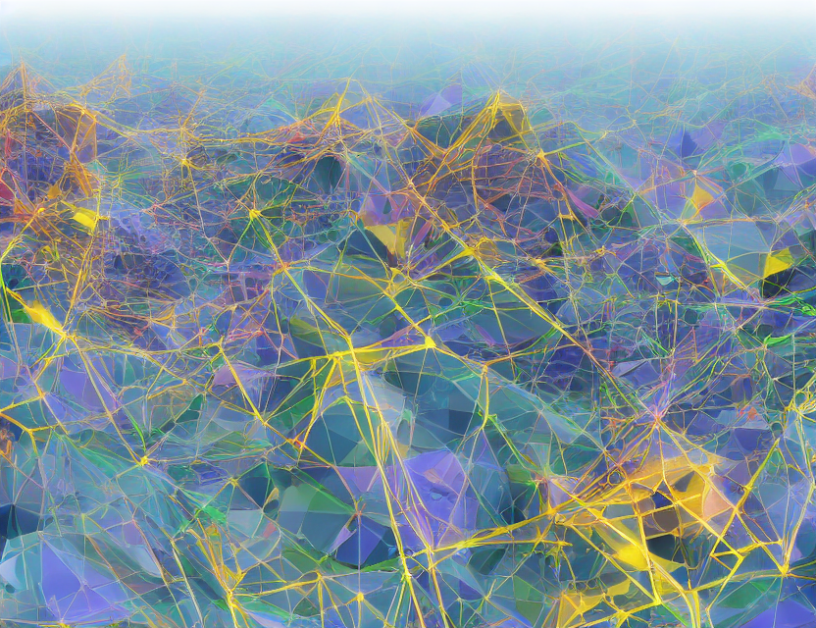In this article, we propose a new deep learning model called DCUNet for end-to-end speech dereverberation, which is the process of removing reverberation from speech signals. Reverberation makes speech sound muffled and hard to understand, especially in noisy environments.
DCUNet is based on a combination of convolutional neural networks (CNNs) and recurrent neural networks (RNNs). CNNs are great at extracting features from images, but they don’t work well for audio signals because they can’t capture the temporal structure of speech. RNNs, on the other hand, are good at modeling time-dependent data, but they can be slow and computationally expensive. By combining these two types of networks, DCUNet can learn both the spatial and temporal structures of speech to improve dereverberation.
To train DCUNet, we use a dataset of speech signals with different levels of reverberation. We compare the performance of DCUNet with other state-of-the-art models and show that it outperforms them in most cases.
One of the key innovations of DCUNet is its ability to incorporate prior knowledge about speech into the network architecture. This helps the model learn more effective features for dereverberation, leading to better performance. Additionally, DCUNet uses a technique called attention to focus on the most important parts of the input signal, which improves its ability to handle complex reverberation scenarios.
Overall, DCUNet represents a significant advancement in end-to-end speech dereverberation. Its combination of CNNs and RNNs allows it to capture both the spatial and temporal structures of speech, while incorporating prior knowledge about speech improves its performance. With its strong performance and ease of implementation, DCUNet is poised to become a valuable tool for speech recognition and enhancement in noisy environments.
Deep Learning Techniques for Speech Dereverberation and Separation



